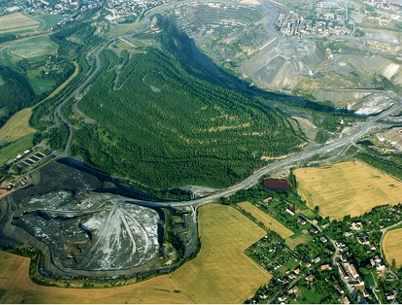More time is needed to allow for adequate mine site restoration practices, according to a new paper from the ARC Centre for Mine Site Restoration (CMSR), an Australian Research Council funded centre, based at Curtin University.
Dr Adam Cross from the CMSR explained current mine site closure legislation provides a relatively short timeframe for industry to complete restoration efforts.
“After a mining operation ceases, there is often less than ten years given to adequately restore the used land back to a sustainable ecological landscape, but the time frames required for soils and plant communities to develop naturally on tailings is at odds with this short deadline, especially across different climatic zones,” Dr Cross said.
“Essentially, industry are being asked to achieve thousands of years of natural soil development in under a decade.
“We’re not saying it can’t be done – we’re just saying it needs more time and industry need tools that can help predict the trajectory and resilience of restoration at early stages.”
Tailings are the processed primary minerals left over from mining. When these are returned to the earth, they are vastly different in composition to the original, pre-mining landscape.
“The tailings in our study were produced from the processing of magnetite ore. They are different from natural soils in the region in that they contain no clay minerals, exhibit virtually no microbiological activity, and their chemical characteristics are biologically challenging,” Dr Cross said.
“Studies have shown that natural microbes can assist in soil development and foster effective plant growth, and a major focus of our research is facilitating the establishment of these natural microbial communities in tailings.
“The research highlights the need for the early establishment of site appropriate microbiota to adequately prepare the soil to sustain vegetation, before revegetation can begin,” Dr Cross said.
“Adequate restoration is much more than simply sprinkling some seeds and planting some trees – ecologists need to prepare the soil layer by layer, introducing microbes to create a sustainable foundation and then move on to the above ground landscaping – a process which takes a considerable amount of time.”
The research paper – One giant leap for mankind: can ecopoiesis avert mine tailings disasters? – has been published in Springer Nature’s Plant and Soil.











